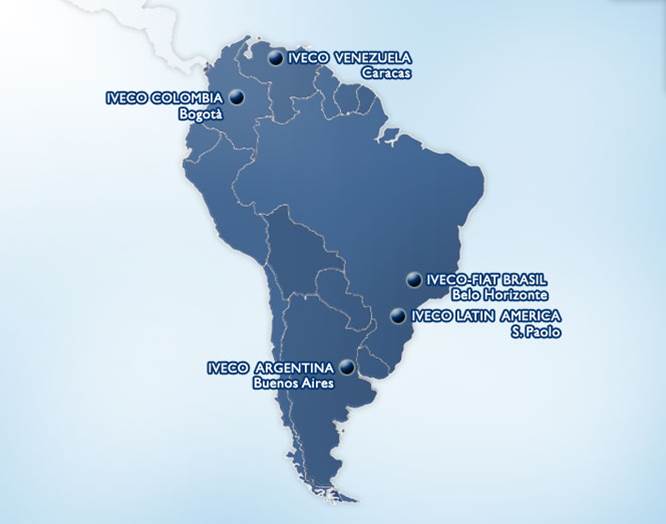
The importance of expansion policies and the use of products already built in other industrialised countries was accepted by most countries in South America in the 1930s and 1940s after the Great Depression of the 1930s.
In the 1950s, South American countries like Argentina, Brazil, Mexico and, to a lesser extent, Chile, Uruguay and Venezuela, were more successful.
Smaller and poorer countries like Ecuador, Honduras, and the Dominican Republic were unable to implement expansion policies similar to those previously described, partly because there was less capital to invest and less infrastructure.
Banks and utilities owned by foreign companies were nationalised or ownership was transferred to local nationals, creating a local business.
Many economists state that this type of domestic business has failed in South America; in fact, the majority of the world’s car and commercial vehicle manufacturers have been implanted in the territory with their own organisations to build their own products, just using local manpower.
In Mexico on the other hand, there was a positive result which led to the “Mexican miracle”, a period from 1940 to 1970 during which economic growth was a healthy 6% or higher.